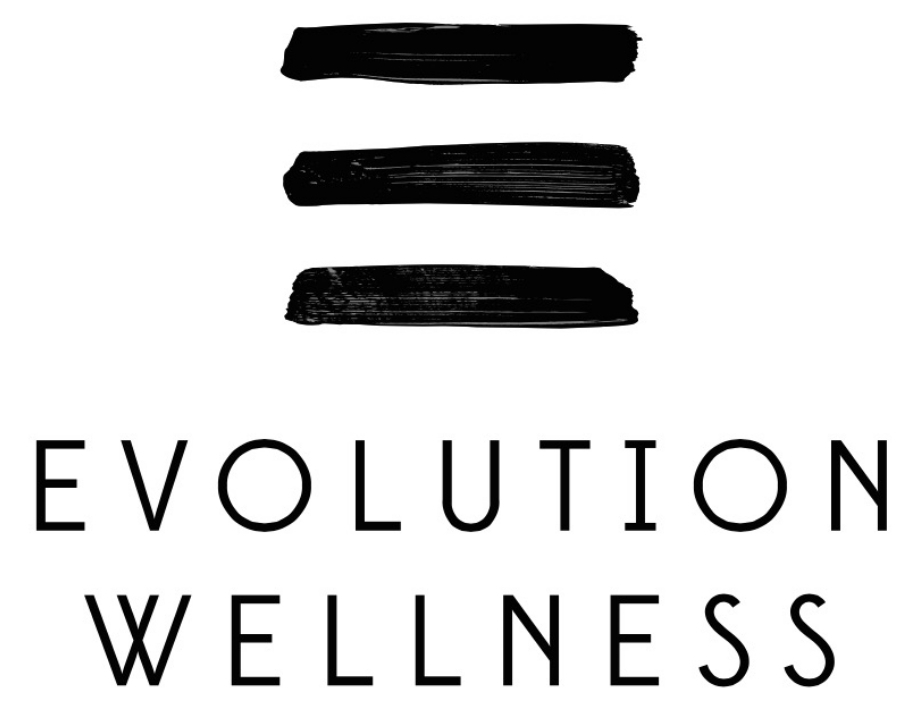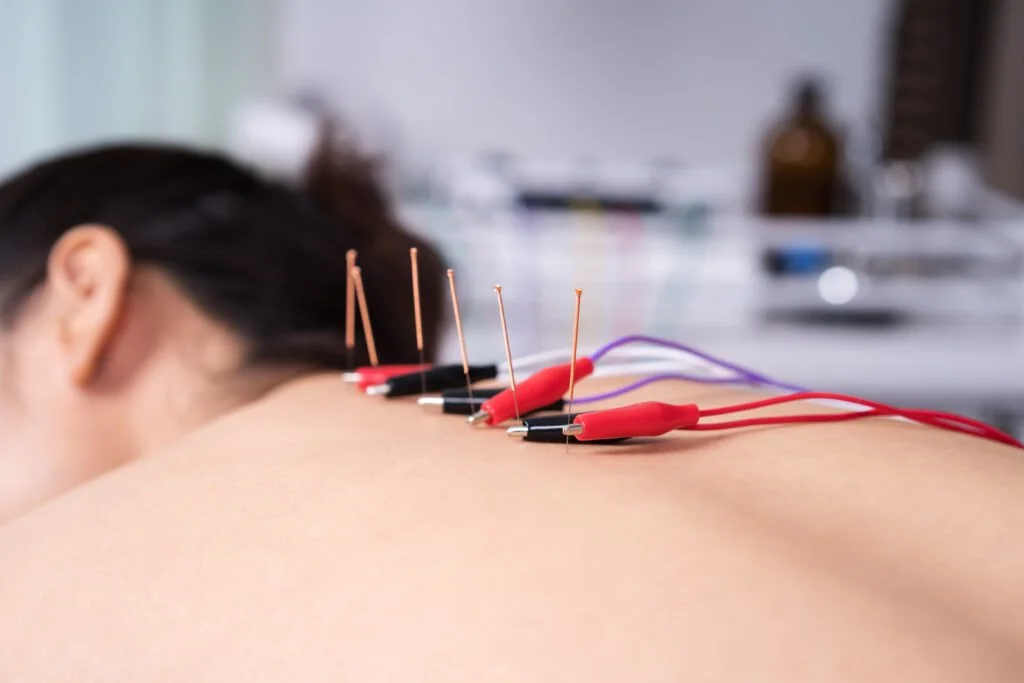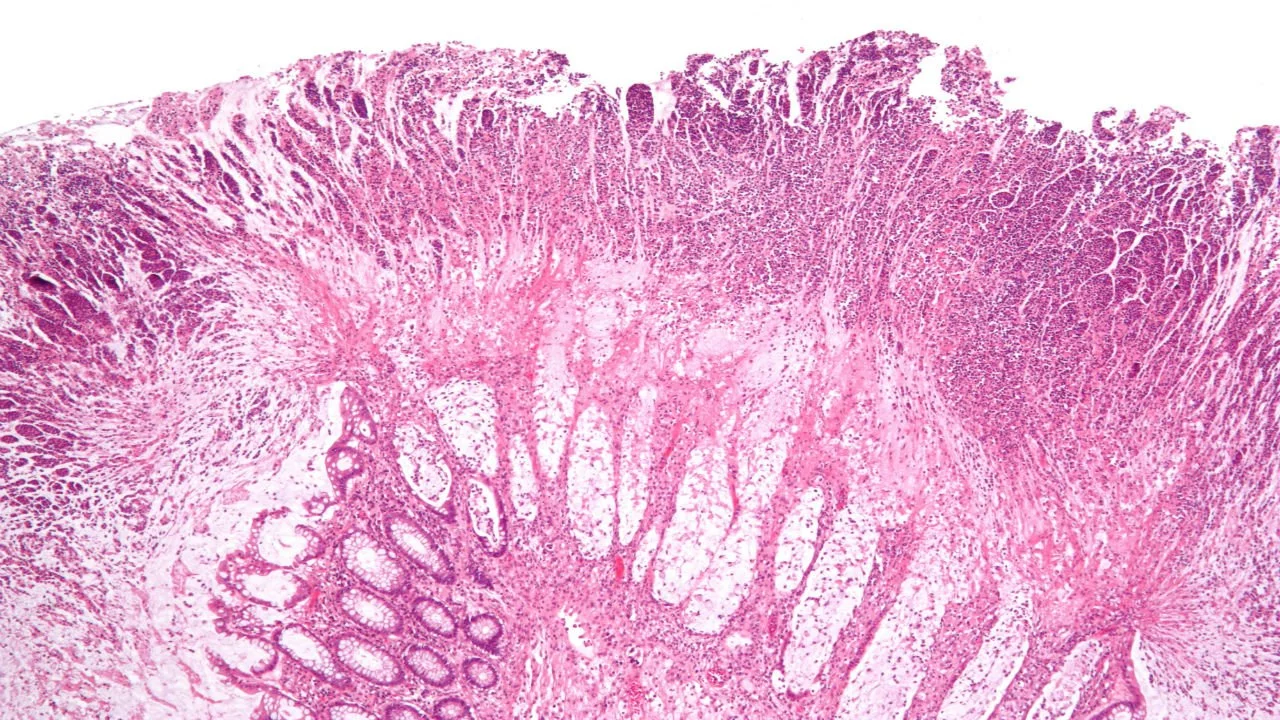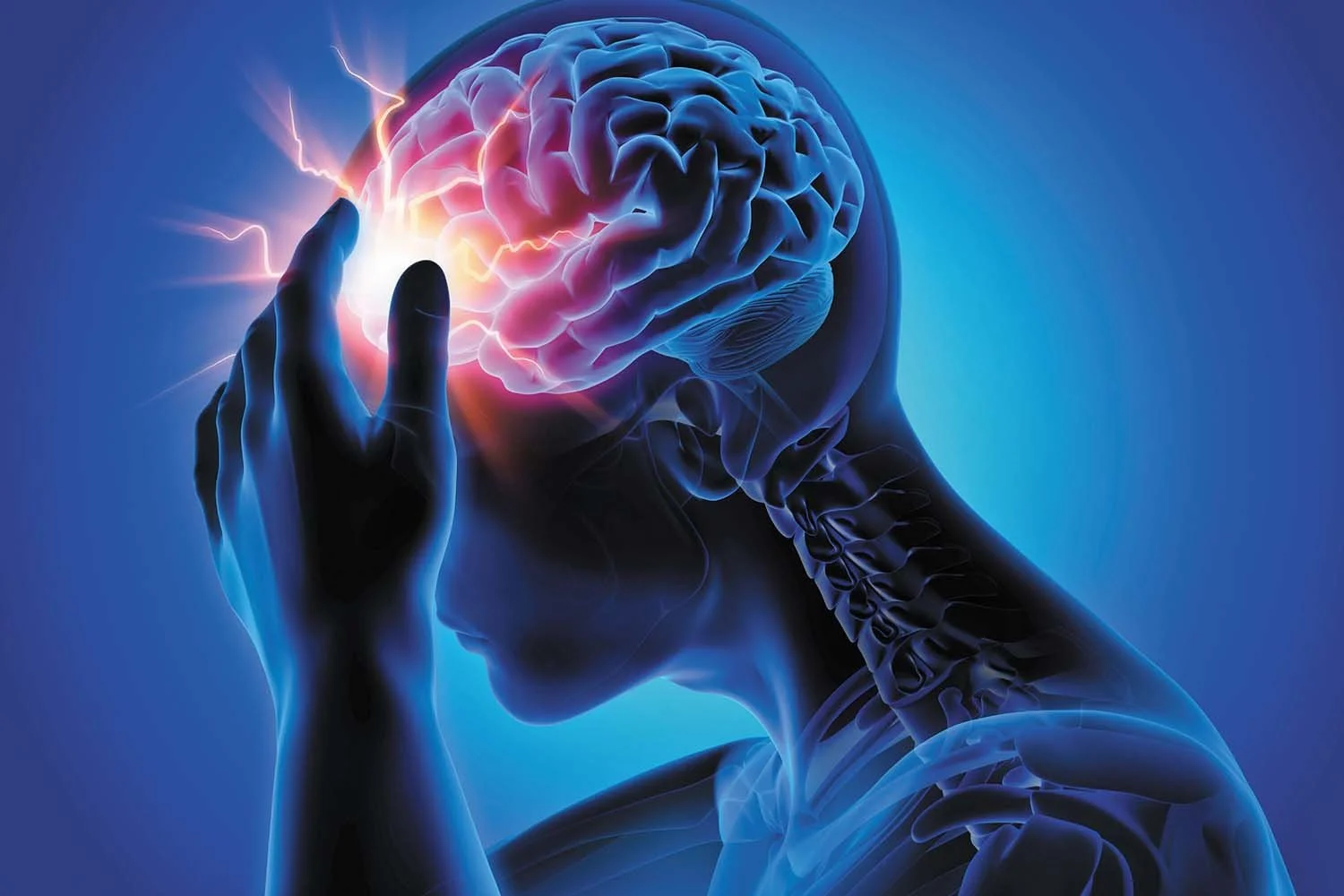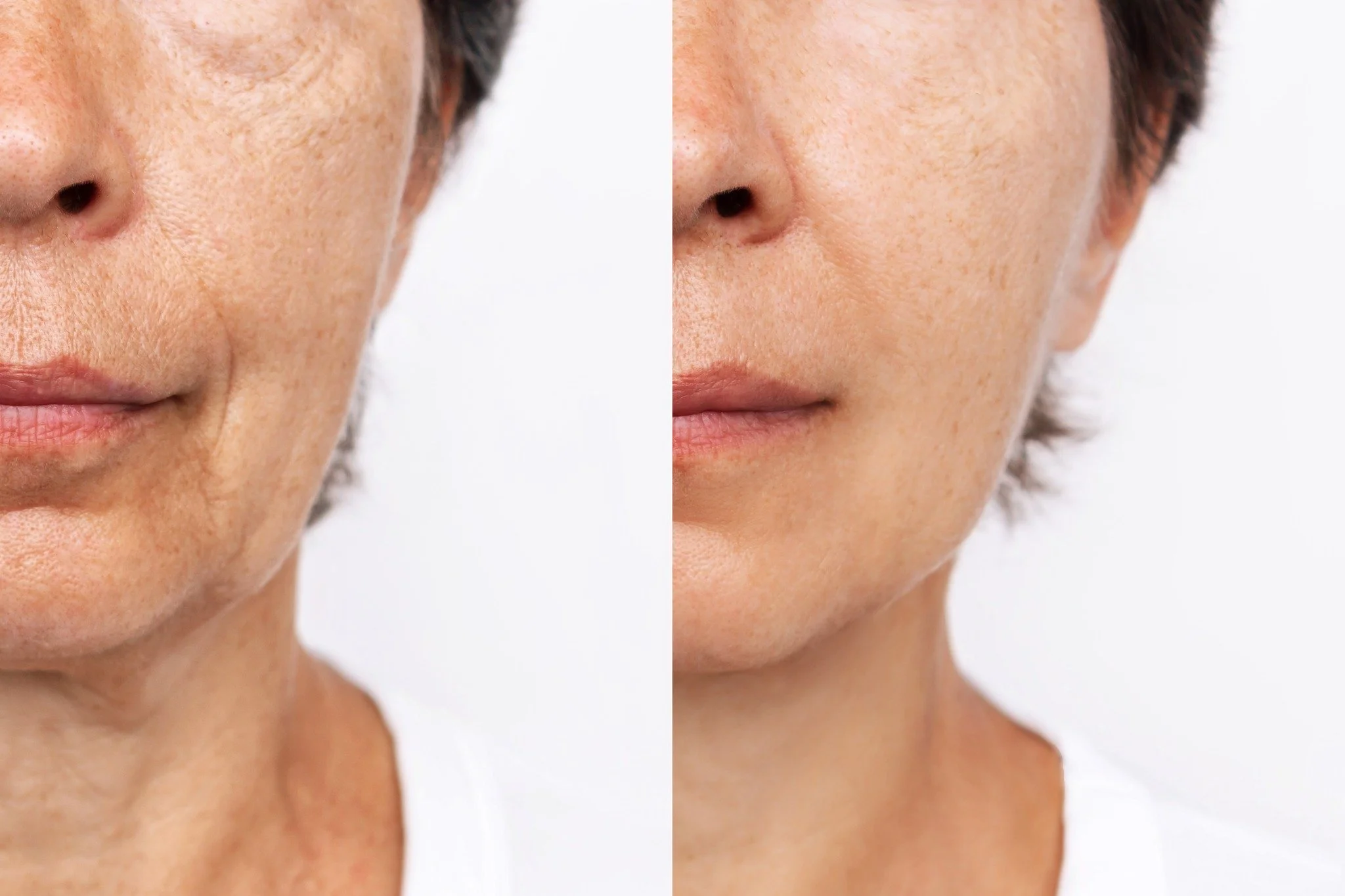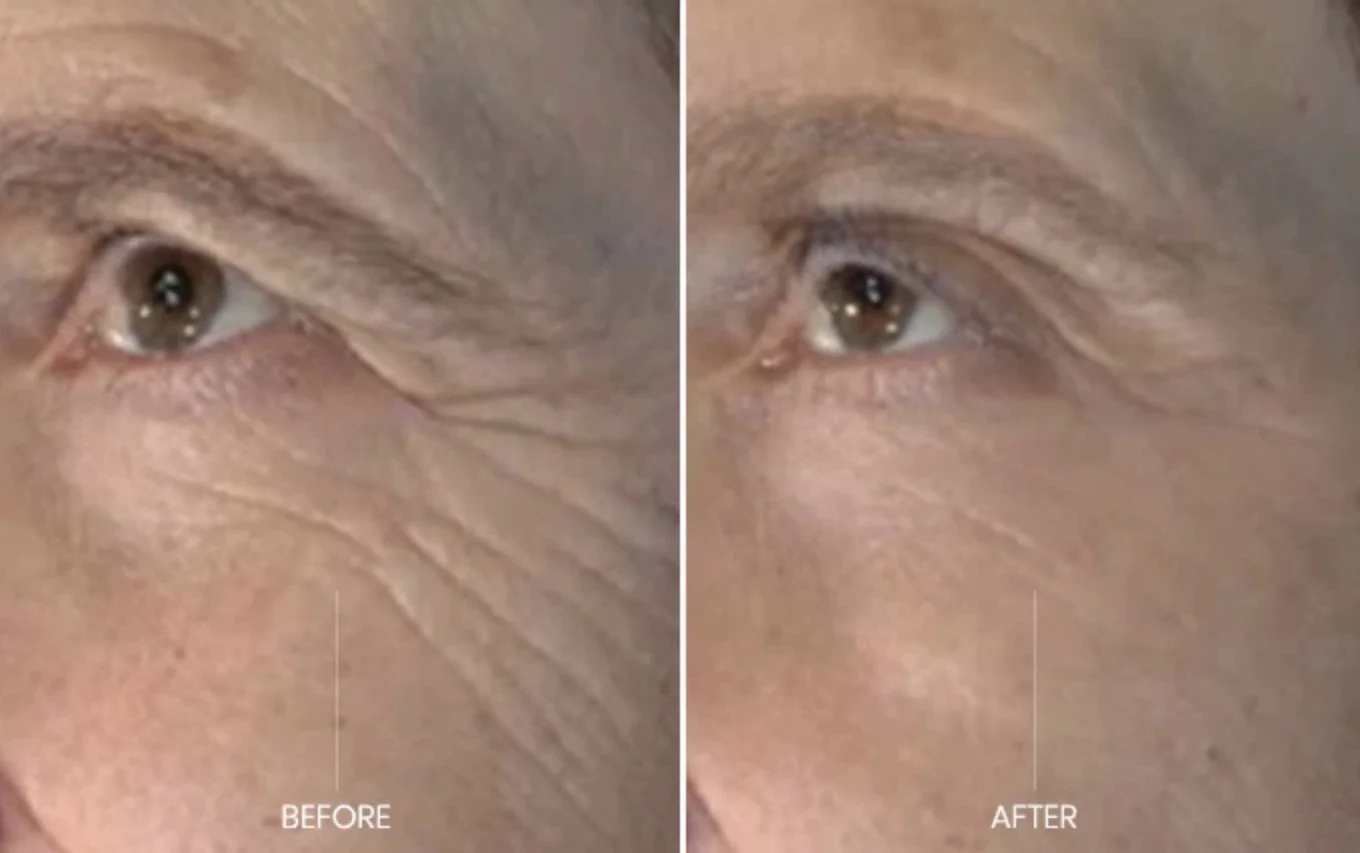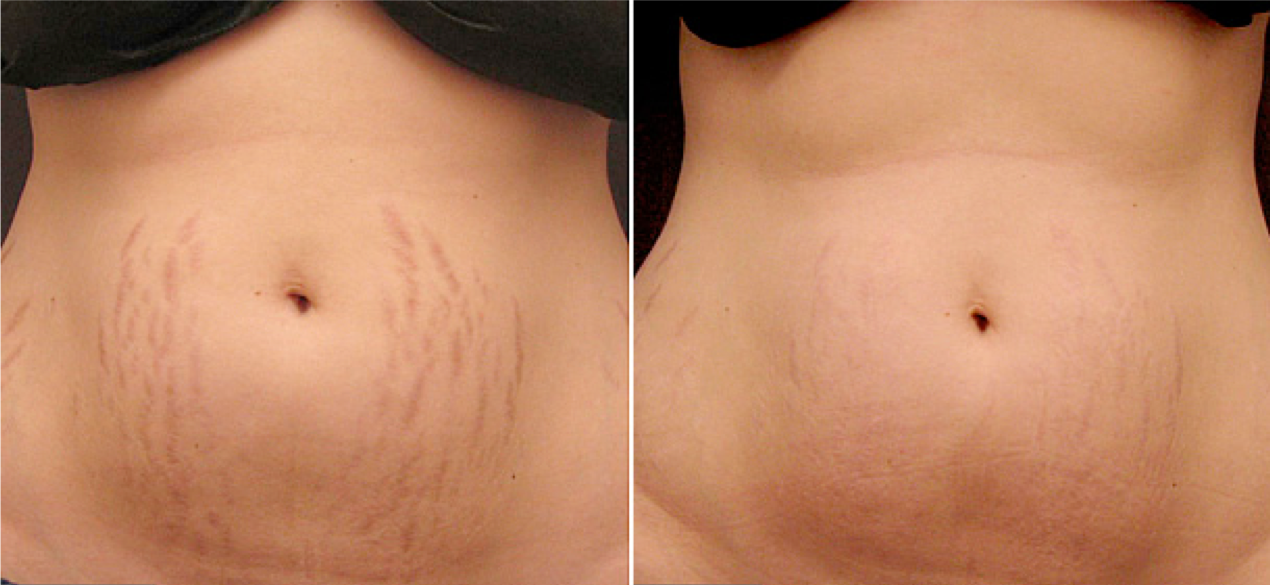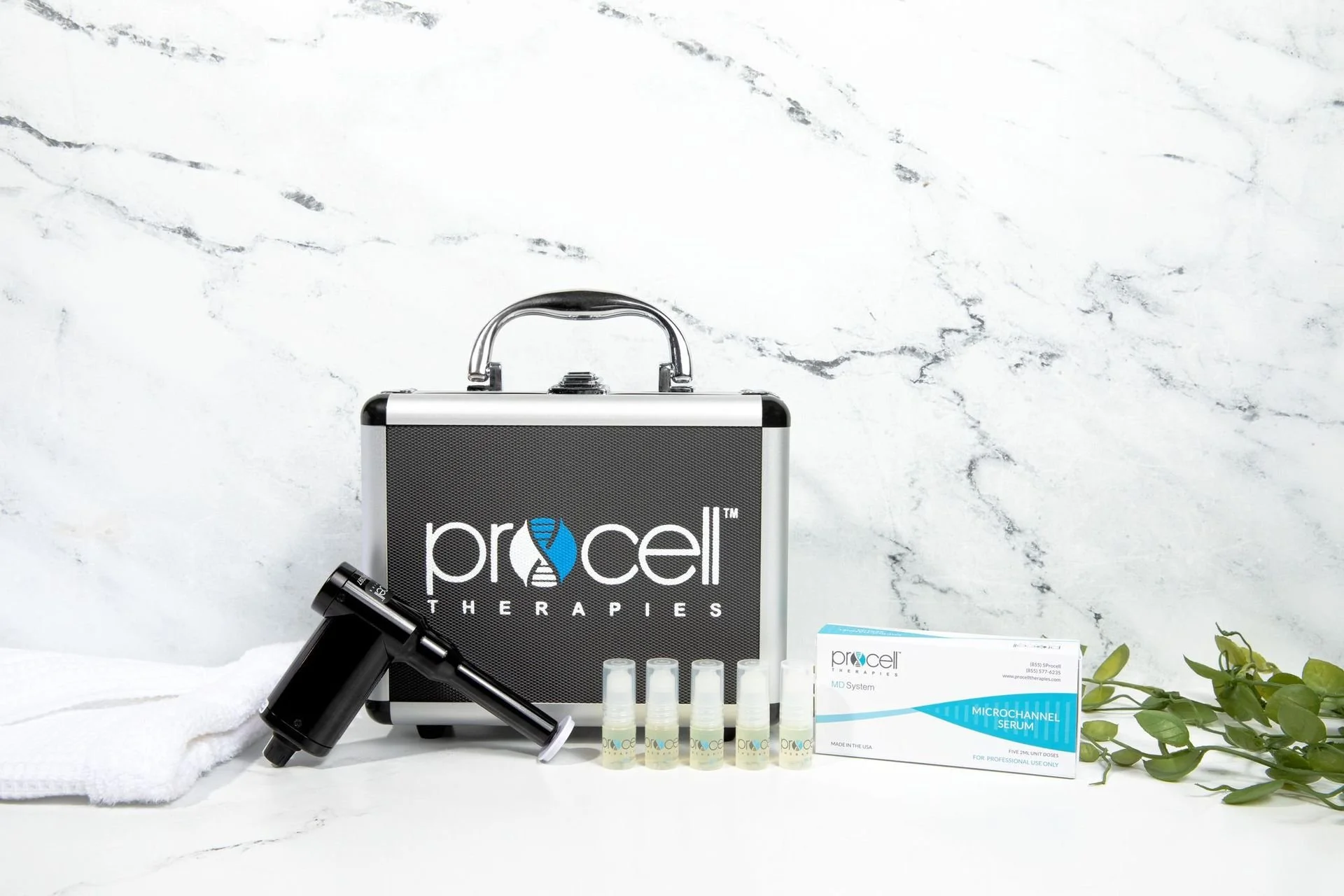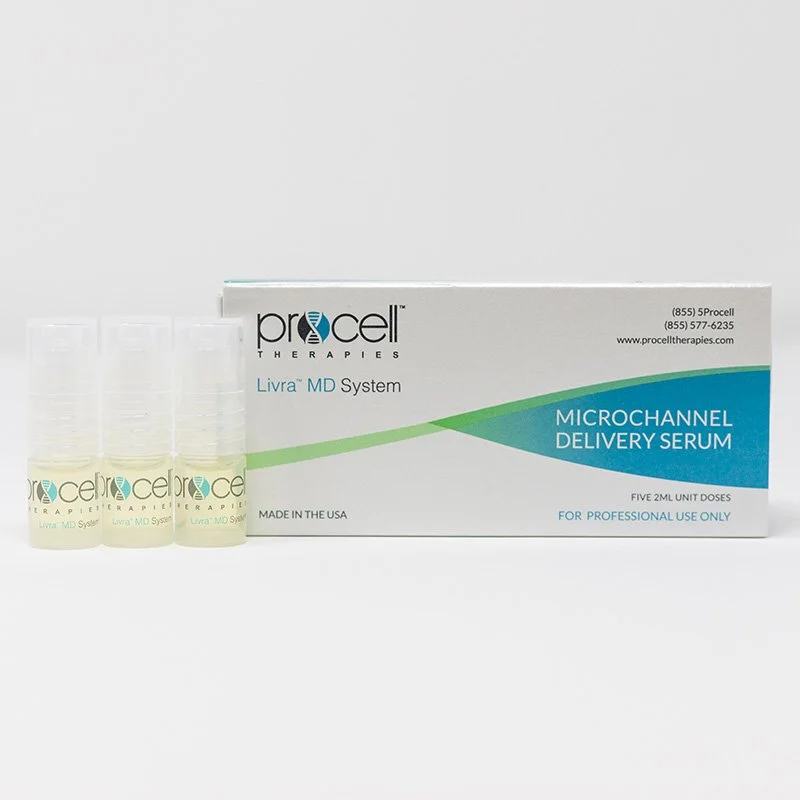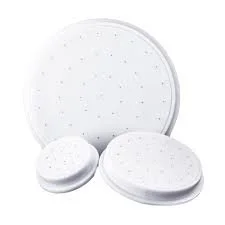ACUPUNCTURE FOR STRESS MANAGEMENT
/Acupuncture has been practiced for millennia to address various health concerns, including stress and anxiety. Recent clinical research has explored why exactly acupuncture works for stress reduction, and how significant that impact truly is. Let’s take a look.
Mechanisms of Action: How Acupuncture Reduces Stress
Research suggests that acupuncture exerts its stress-reducing effects through multiple physiological mechanisms:
Regulation of the Hypothalamic-Pituitary-Adrenal (HPA) Axis: Acupuncture has been found to modulate the HPA axis, which plays a central role in the body’s stress response. By regulating cortisol and other stress hormones, acupuncture helps restore homeostasis and mitigate chronic stress effects.
Neurotransmitter Modulation: Acupuncture stimulates the release of endorphins, serotonin, and gamma-aminobutyric acid (GABA), all of which contribute to mood stabilization and relaxation.
Autonomic Nervous System Balance: Acupuncture enhances parasympathetic nervous system activity (the "rest-and-digest" response) while reducing sympathetic nervous system overactivity (the "fight-or-flight" response), leading to a state of relaxation and stress relief.
Reduction of Inflammation: Chronic stress is linked to increased inflammation. Acupuncture has been shown to reduce pro-inflammatory cytokines, thereby alleviating stress-related physiological responses.
Acupuncture and Generalized Anxiety Disorder (GAD)
A systematic review published in Annals of General Psychiatry evaluated acupuncture's effectiveness in treating anxiety disorders, particularly GAD. The review analyzed multiple randomized controlled trials and found that acupuncture therapy had beneficial effects in reducing anxiety symptoms compared to control groups.
Acupuncture in Stress Management
A randomized controlled trial investigated acupuncture's role in individuals with elevated stress levels. Participants received either verum (real) acupuncture, sham acupuncture, or were placed on a waitlist control. Results indicate that acupuncture interventions can effectively reduce perceived stress levels (PubMed).
Acupuncture for Post-Traumatic Stress Disorder (PTSD)
A clinical trial assessed acupuncture's impact on severe combat-related PTSD. Participants were randomized to receive either active or sham acupuncture. The Clinician-Administered PTSD Scale for DSM-5 (CAPS-5) scores in the active acupuncture group declined from over 36 to 18.6, indicating a significant and clinically meaningful improvement. These findings suggest acupuncture may be an effective complementary therapy for PTSD patients who seek non-pharmaceutical treatment options (Brain & Behavior Research Foundation).
Acupuncture and Anxiety in Parkinson’s Disease
A study published in JAMA Network Open explored acupuncture's effects on anxiety among patients with Parkinson’s disease. Participants underwent acupuncture sessions alongside clinical monitoring. The results suggested that acupuncture, combined with clinical monitoring, may alleviate anxiety symptoms in these patients. Given the high prevalence of anxiety among individuals with Parkinson’s, acupuncture could serve as an alternative or adjunctive treatment to conventional medication-based therapies (JAMA Network Open).
Ready to try it? David Blatt, LAc, offers acupuncture for stress management at his City Park location. Anticipate a series of treatments to achieve desired results. Schedule now.
References
Annals of General Psychiatry. Acupuncture for Generalized Anxiety Disorder: A Systematic Review. Link
PubMed. A Randomized Controlled Trial on Acupuncture and Stress Reduction. Link
Brain & Behavior Research Foundation. Clinical Trial on Acupuncture for PTSD. Link
JAMA Network Open. Acupuncture and Anxiety in Parkinson’s Disease. Link
Journal of Acupuncture and Meridian Studies. Effects of Acupressure on Stress Levels. Link
